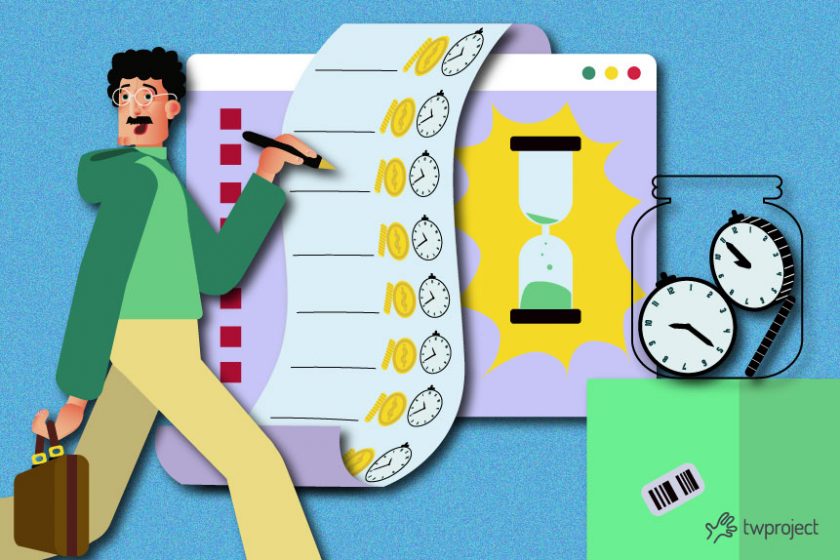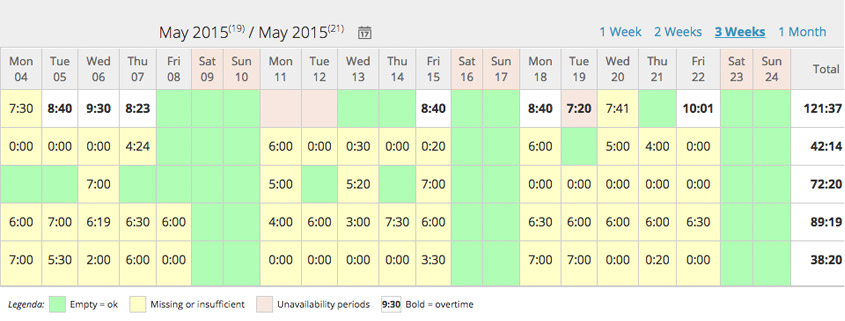-
The best time management software of 2023-2024
Are you looking for software to help you handle time management in your company? Then you are in the right place. Our time is the most precious resource we have. And so far we can all agree. But we know that it is not easy to learn how to manage time, and this is as … Continue reading "The best time management software of 2023-2024"
-
Track time with Twproject – Simple as it should be
In the workplace everyone has their own habits and what a project manager soon learns is that the way of recording the time spent on the various tasks is very different depending on the person involved. Some people focus on a task and complete it without distractions, putting off logging time spent until the end.Others … Continue reading "Track time with Twproject – Simple as it should be"
-
A matter of time: Time tracking in a serious way
Twproject time tracking system is flexible and customizable: because projects in different fields have a different approach to the workflow and the time spent on the project itself, and so different needs about time tracking as well.
-
Twproject 5.6 released
Keep your timesheets under control, task and issues on agenda, identify your customer’s projects Here again: a new free release for our customers (version 5.6.59800) rich of interesting features. Download your update or a free trial here. Twproject timesheets: In this release we have introduced a new powerful tool for keeping under control the timesheets … Continue reading "Twproject 5.6 released"
time tracking
Choose the category you are interested in:
AgileComparisonCost managementPm expertProduct updatesProductivityProject managementResource managementTime managementUsage tips




